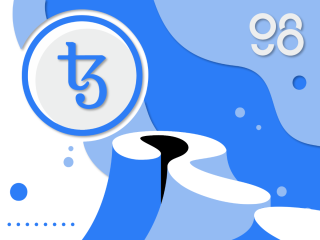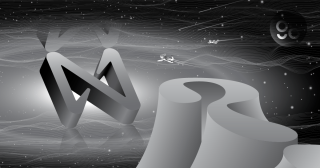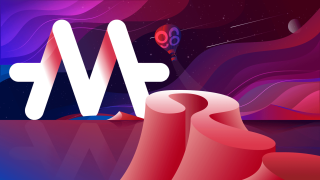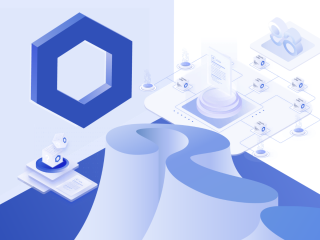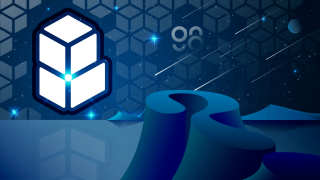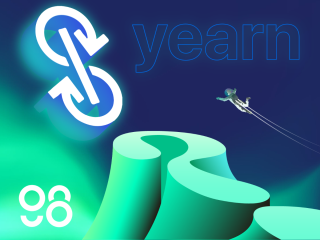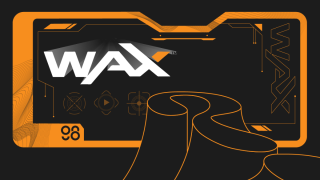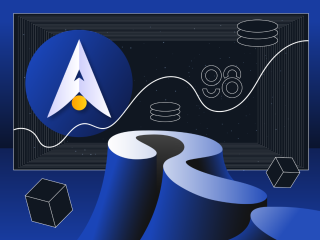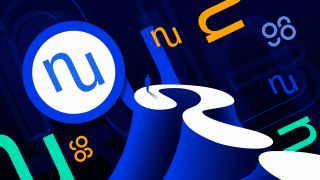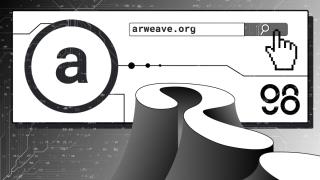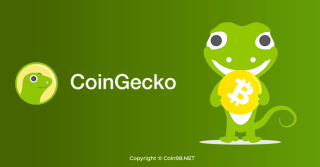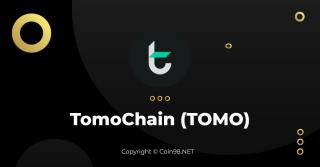What is Solana? What is SOL Coin? What make Solana different from other Blockchains? Learn more about SOL Tokenomics right here!!!
In 2021, Solana has outperformed other blockchain platforms since its token raised from $2 to over $240. Currently, Solana is placed in the top 5 largest blockchains in terms of market capitalization, outperforming other blockchain platforms such as Terra, Avalanche, Near, and even Cardano.
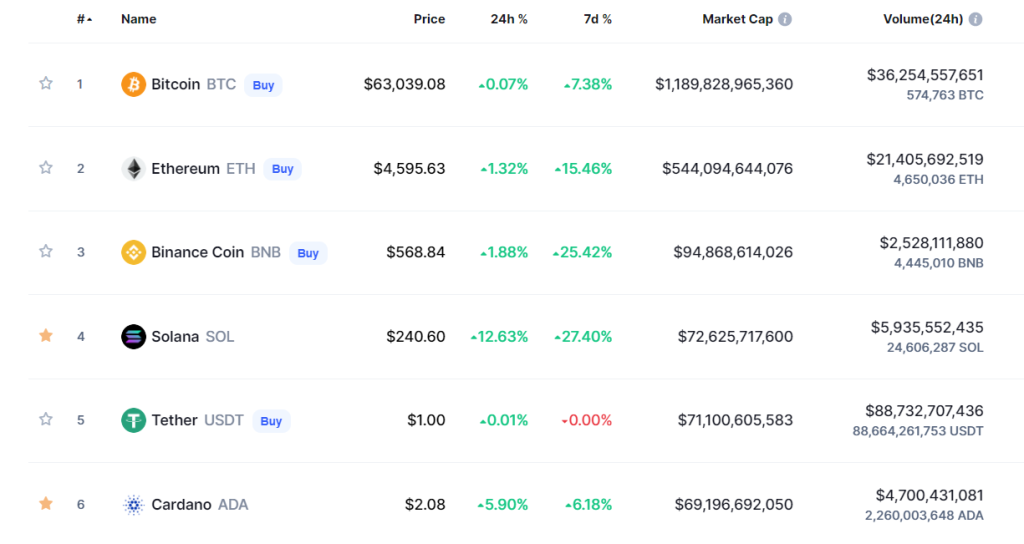
Solana surpassed Cardano in terms of market cap. Source: Coinmarketcap
The article below will provide all the detailed information about the Solana blockchain, including:
- What is Solana and SOL Token? History and how does it work?
- How to buy & store SOL tokens?
- Solana roadmap and updates, team, investors. Is Solana a good investment?
Let’s explore why Solana is going to make it!
What is Solana?
Solana is a third-gen blockchain platform that is specifically designed for decentralized applications (Dapps) such as DeFi or NFT projects. The Solana blockchain is an open-source project that uses Proof-of-History (PoH) consensus.
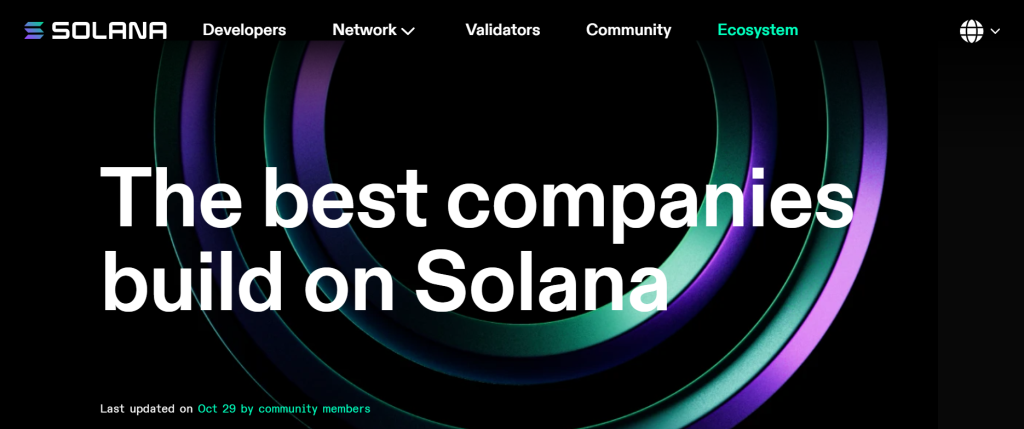
Solana Blockchain
With an ideal network of blockchain validators, Solana claimed throughput of 50,000 TPS (Transaction Per Second) with an extremely low fee for each transaction. This speed defeats all other existing blockchain platforms such as Cardano, Ethereum, or Ethereum layer-2 solutions, etc.
History of Solana
2017
Anatoly Yakovenko is the founder of Solana since he released the Solana whitepaper in 2017, describing a new consensus named Proof-of-History (PoH). The consensus solved the existing problems of Ethereum and Bitcoin.
The Solana project is led by the Solana Foundation in Geneva Switzerland and was built by Solana Labs in the United States.
2018 - 2019
At this time, the crypto market was in a severely bearish trend after the 2017 crypto bubble, every coin/token was decreasing over 80% of the ATH value. However, the Solana team raised over $20M via SOL token sale to investors.
2020 - 2021
Solana released the Mainnet Beta in March 2020, which could operate simple transactions and smart contract support on the Solana blockchain. The Solana team organized an auction public sale to raise $1.7M.
Since the smart contract was released, developers can deploy their ideas on the Solana blockchain. As time goes on, hundreds of new projects are running on the Solana blockchain, making Solana one of the fastest-growing blockchain ecosystems in the crypto world.
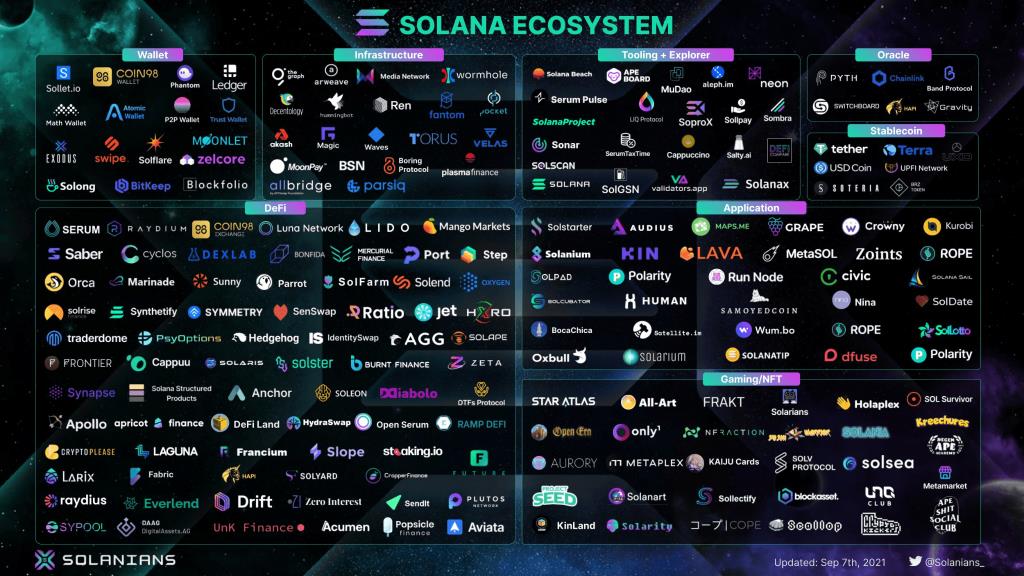
The Solana Ecosystem. Source: Solanians
How does the Solana blockchain work?
A user sends a transaction to the blockchain then the node leader takes the transaction, assigns it to a hash code, and sends it to the Solana blockchain. Other nodes (validators) validate the transaction and send it back to the leader. All this process takes 400ms, creating a block on the Solana blockchain.
There are 8 key blockchain technologies of Solana as follows:
- Proof-of-History (PoH): A clock for blockchain. A sequence of computation that is responsible for cryptographically verifying the passage of time between two events.
- Tower BFT: Solana’s Custom High-Performance Implementation of PBFT. This enhances the PoH to reduce communication time and network latency.
- Turbine: A block propagation protocol. The message will be divided into smaller packages which are sent to network validators to process. This solves the problem of the distributed system that has to propagate all data to a large number of separate nodes.
- Gulf Stream: Mempool-less transaction forwarding protocol. The next network-validating leaders will be selected based on their SOL stakes. Data of transactions can be processed in those leader nodes, reducing the validating time and improving the memory optimization for validators.
- Sealevel: Parallel smart contract run-time. That supports parallel transaction execution in a single shard.
- Pipelining: A Transaction Processing Unit (TPU) for validation optimization. That optimizes the CPU and GPU of the validators to make sure that the hardware components of validators are working properly.
- Cloudbreak: Horizontally-Scaled Accounts Database. That optimizes the flow of data on storage disks.
- Archivers: Distributed ledger store. This means data of Solana is stored on a network of nodes called Archivers not on validators’ nodes. Those Archivers don’t take part in the consensus process. The data is divided into pieces distributed to those Archiver nodes.
Smart Contract programming languages
Unlike other blockchain platforms, smart contracts on Solana are written in Rust/C/C++. This is the key difference between Solana and EVM blockchain platforms since the Solana Foundation plans to sail in the direction focusing on the projects running natively on Solana.
Rust and C/C++ are popular programming languages. Especially since every programmer knows C/C++, Solana can leverage this advantage to build a strong community of developers for fast expansion. As they play an important role in the Solana ecosystem as primary builders, Solana is supporting them via incentive programs such as Solana Hackathon with millions in prizes.
What is SOL Coin?
SOL is the native token of Solana that is required to be passed through Solana nodes in the cluster to run a smart contract program on the blockchain or validate the output.
The smallest unit of Solana is called a Lamport named after a famous technical influence, Leslie Lamport. A Lamport equals 0.000000001 SOL.
Detailed information about SOL Coin
SOL Key Metrics
- Ticker: SOL.
- Blockchain: Solana.
- Consensus: Proof of History (PoH).
- Consensus Mechanism: Tower BFT.
- Token Type: Utility Token.
- Token Standard: SPL.
- Block time: 400 ms.
- Avg Transaction Speed: 50,000-70,000 TPS
- Smallest unit: 1 Lamport = 10^-9 SOL.
- Max Supply: 1,000,000,000 SOL.
- Circulating Supply: 301,230,623 SOL.
SOL Token Allocation
The SOL coin has an initial supply of 500,000,000 SOL and it is distributed to:
- Community Activities: 38.89%.
- Seed Sale: 16.23%.
- Founding Sale: 12.92%.
- Developers: 12.79%.
- Solana Foundation: 10.46%.
- Strategic & Validator Sale: 7.06%.
- Sale on Coinlist: 1.64%.
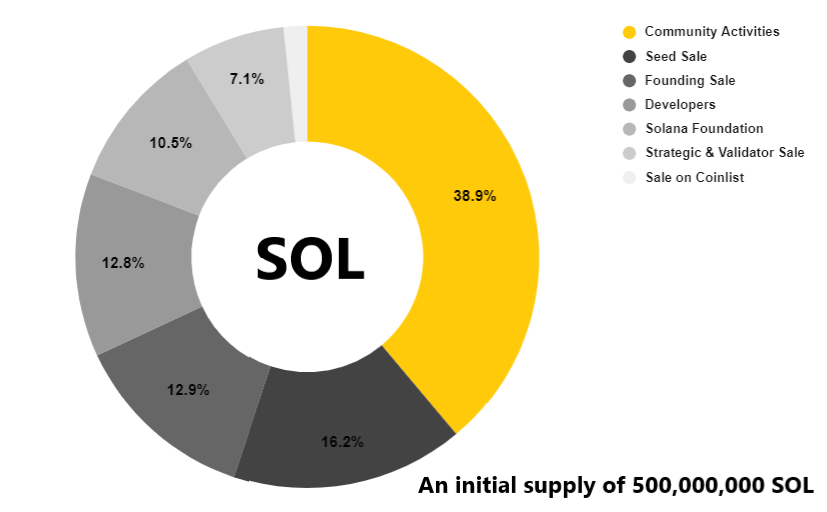
SOL Token Allocation
SOL Token Sale
Solana has raised over $25.5M after multiple fund-raising rounds from 2018 to 2020 as follows:
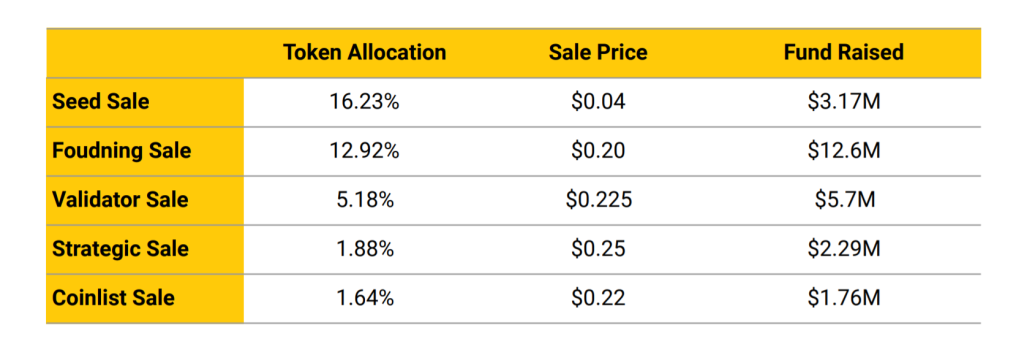
SOL Token Sale
Notably, in Jun 2021, Solana Labs that is responsible for developing the Solana blockchain raised $314M in a token sale that ignites the plans to build the DeFi ecosystem on top of Solana. This sale round was led by Adresseen Horowitz and Polychain Capital with CMS Holding, ParaFi, Sam Bankmann-Fried, etc. as partners.
SOL Token Release Schedule
According to the Solana roadmap, in 2020, the Solana team integrated the token inflation to the blockchain so that SOL coins would be distributed via the staking method afterward.
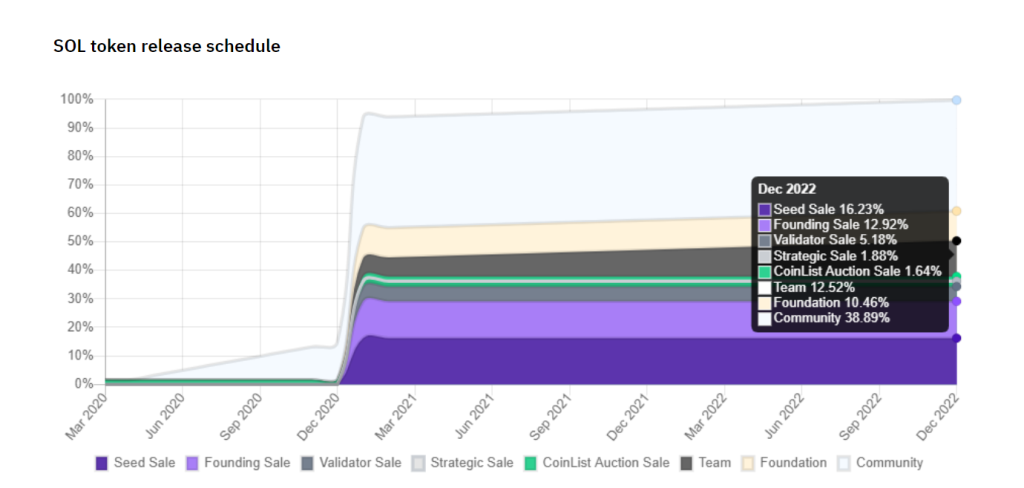
Token Release Schedule
SOL Token Use Cases
Like other blockchain platforms, the SOL coin has the following functionalities:
- Staking: SOL can be deposited to Solana nodes to participate in the validation process, then SOL rewards will be distributed to stakers and node operators.
- Transaction fee: SOL is used as fees to pay every transaction or smart contract conduction on the Solana blockchain. This means it costs a certain amount of fee to interact with the blockchain or protocols built on Solana. The average transaction fee on Solana usually costs about $0.00025.
- Governance: The Solana Foundation plans to take SOL as the governance token for the Solana blockchain. But this utility is yet to be released.
How to get SOL Coin
You can get SOL coin on both centralized exchanges and decentralized exchanges as follows:
- CEXs: Binance, Coinbase, FTX, etc.
- DEXs: Saros, Saber, Raydium, Orca.
How to buy SOL Coin
Coin98 Exchange is a decentralized exchange (DEX), a Multi-chain liquidity aggregator that offers users a wide variety of DeFi services (swap, stake, lend, borrow,...) through intuitive and simple interfaces.
Moreover, you can use Coin98 Exchange to swap other tokens for SOL following these simple steps.
Step 1: Connect Coin98 Extension Wallet.
Step 2: Select Coin98 Exchange Solana.
Step 3: Search SOL.
Step 4: Adjust the amount you want to swap.
Step 5: Adjust the gas fee, then click Approve.
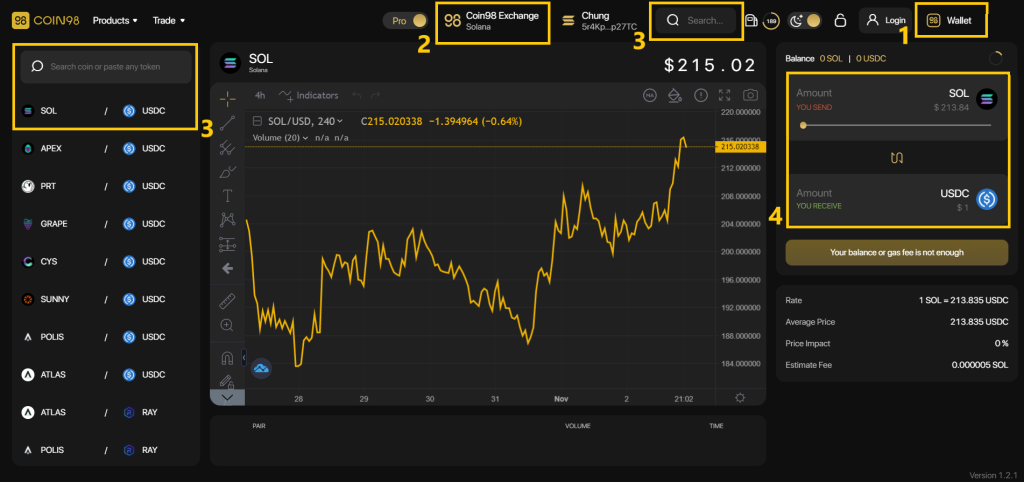
How to buy SOL coin on Coin98 Exchange
How to store SOL coin
You can store, send, receive SOL coin on Coin98 Wallet with a few single steps. The guides on how to make transactions with SOL on Coin98 Wallet are as follows.
Step 1: Open Coin98 Wallet & click Receive on the home screen.
Step 2: Search SOL.
Step 3: Click on the correct result, copy the wallet address and send SOL to this address.
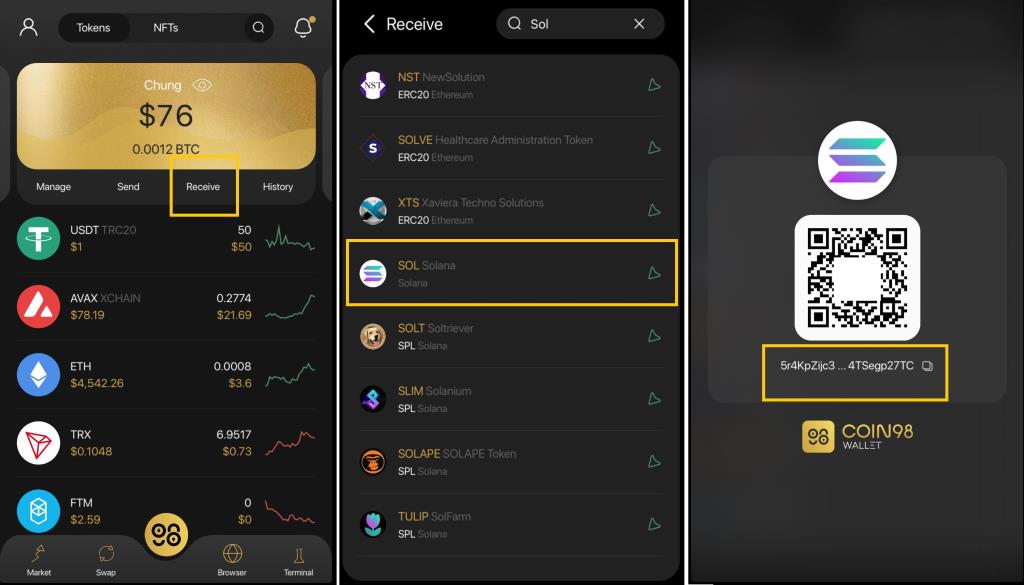
How to store SOL coin on Coin98 Exchange
Users can now store their SOL tokens or SPL tokens on different types of wallets on Solana. However, besides storage purposes, users want their SPL wallets to interact with other DeFi protocols or NFT platforms. We can name some of the most used wallets as suggestions.
- The Phantom wallet is focusing on building infrastructure that provides user-friendly UX for interacting with the crypto world. In addition, the Phantom team raised $9M in a series A round led by Andreessen Horowitz (a16z) with multiple other partners.
- SolFlare is a community-created and web-based wallet that is built on and for Solana. Furthermore, SolFlare supports the in-app staking of SOL tokens. The private key is not stored on the SolFlare website but in the Keystore File or in the Ledger Nano S or X cold wallet. As you know, Ledger is a leading company that focuses on developing and manufacturing hardware wallets to supply the storage demand in the crypto world.
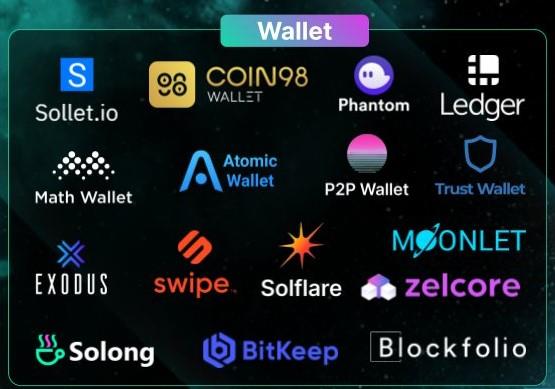
Wallets on Solana. Source: Solanians
Roadmap
Since the whitepaper was first released in late 2017, Solana has come a long way on the roadmap to achieve today's success. And we will wind back every key milestone of the Solana blockchain to see the development overview of this top-10 blockchain platform.
2018
- Single Node Private Testnet.
- Multi-Node Private Testnet.
- Payments SDK.
- Smart Contracts SDK.
2019
- On-Chain Programs.
- Implementation of the Move Virtual Machine developed by Libra.
- Multi-region, multi-cloud testnet.
- Smart Contracts Engine.
- Incentivized Testnet.
2020
- Mainnet Beta.
- An improved version of JSON RPC API.
- Mainnet Beta.
- Smart Contracts features.
- Token inflation and transaction fees.
2021
- The final release of the Solana mainnet.
In comparison with other blockchains, Solana has been developing fast in just three years. The Solana team started from a whitepaper in 2017 and today in late 2021, Solana has turned a new leaf to be a complete ecosystem that has every must-have lego part.
Team, investors, and partners
Team
Solana was co-founded by Anatoly Yakovenko and Raj Kokal. And now Yakovenko is the CEO of the Solana Foundation. And Raj Kokal is the COO of Solana.
The co-founders and the Solana team have experience in multiple important positions in big tech companies such as Apple, Qualcomm, Intel, Google, etc. Therefore, they have the ability to build and lead the Solana blockchain project that exploded in 2021.

The Solana Foundation is the non-profit and core organization of Solana that is responsible for lending the path and growth of the Solana network.
Investors
Solana Labs based in San Francisco profoundly contributes to the Solana Network since it mainly develops the blockchain system and builds technical things around Solana for generating profits. They raised $314M in the token sale round led by Adresseen Horowitz and Polychain with other supportive partners.
Is Solana (SOL) a good investment?
Currently, Solana now has a solid place in the top-5 projects that have the largest market cap in the crypto space. This shows the potential as well as the advanced blockchain technology of the Solana project to surpass other prominent blockchain platforms. Therefore, Coin98 Insights will give the following key highlights along with information that might be helpful to readers:
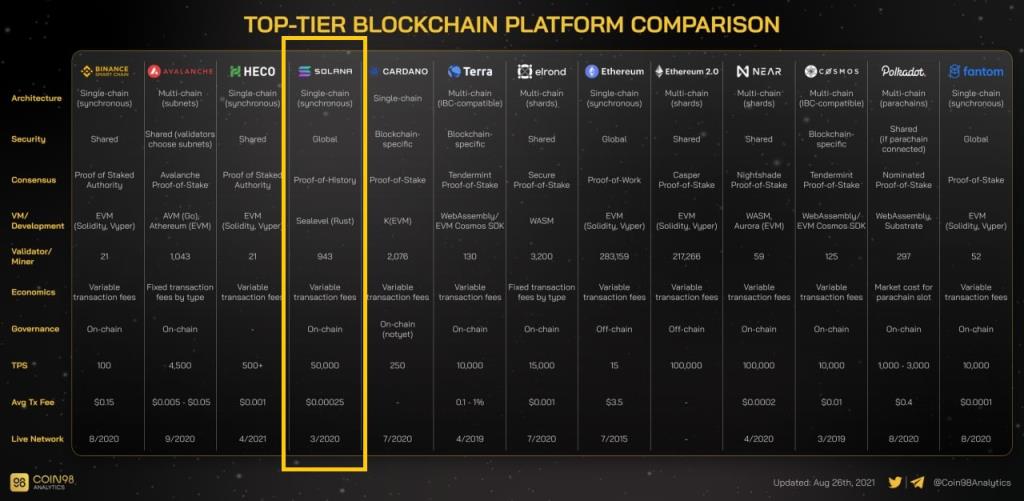
Top-tier Blockchain Platform Comparison
In terms of blockchain technology, Solana is performing better in the following numbers:
- TPS (Transaction Per Second): Solana TPS usually ranges from 1500-4000 TPS depending on the network status. This titles Solana as the fastest operating blockchain in the crypto space. However, on September 14th, 2021, the Solana blockchain had to stop for a few hours before restarting due to a network bug causing the 400,000 TPS peak. On the positive side, this unfortunate event was settled down and the Solana team addressed it immediately.
- Transaction Fees: It often costs about $0.00025 for every transaction executed. This is a very comparatively lower fee than other blockchain platforms such as Binance Smart Chain, Cardano, Near, etc.
- Validators: Over 1100 active validators are participating in the Solana blockchain, making the blockchain decentralized and transparent. On the other hand, other blockchains have very few validators such as Binance Smart Chain, HECO, Fantom, etc.
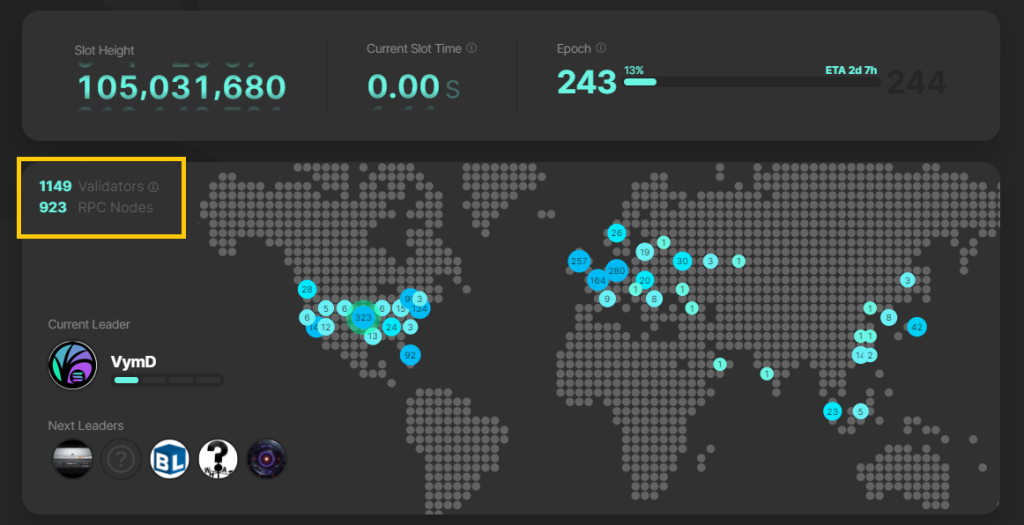
Solana Blockchain Validators
Over 78% of the total number of SOL tokens (including locked SOL tokens) are being staked in the blockchain nodes to participate in the validation process. This means most SOL token holders participate in staking to earn long-term rewards with an APY (Annual percentage yield) of over 7%. Furthermore, the total staking number of Solana is impressive when compared to other blockchain platforms enabling the staking feature.
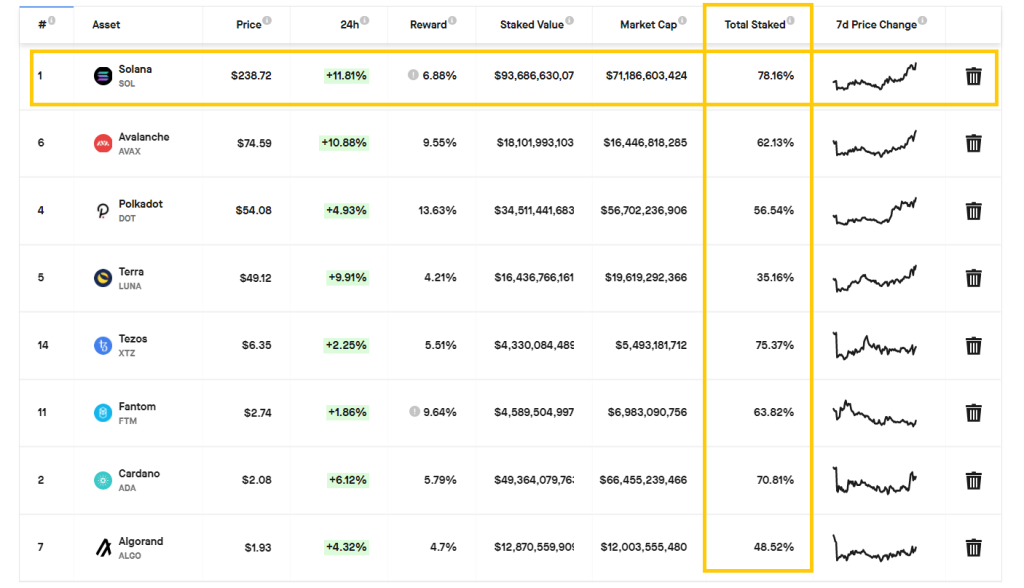
Total Staked of Blockchain Platforms. Source: Staking Rewards
At the moment, Solana is not compatible with EVM (the Solana Foundation with Neon Labs is building EVM on Solana). As a result, the projects operating natively on Solana are being favored by the Solana Foundation via millions of dollars prize in Hackathon and other similar programs. This means Solana has a strategy focusing on Solana-based projects to build a strong developer community on its own.
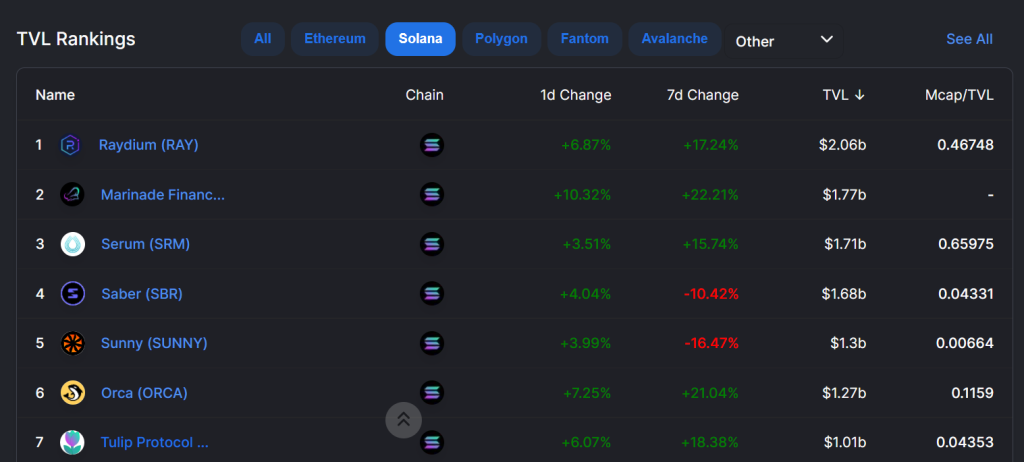
Projects running natively on Solana
In addition, Solana has a supportive community and multiple strong VCs (Venture Capitals) such as Alameda Research, Three Arrows Capitals, etc. They contribute an enormous amount of funds to develop new projects, accelerating the expansion of the Solana ecosystem.
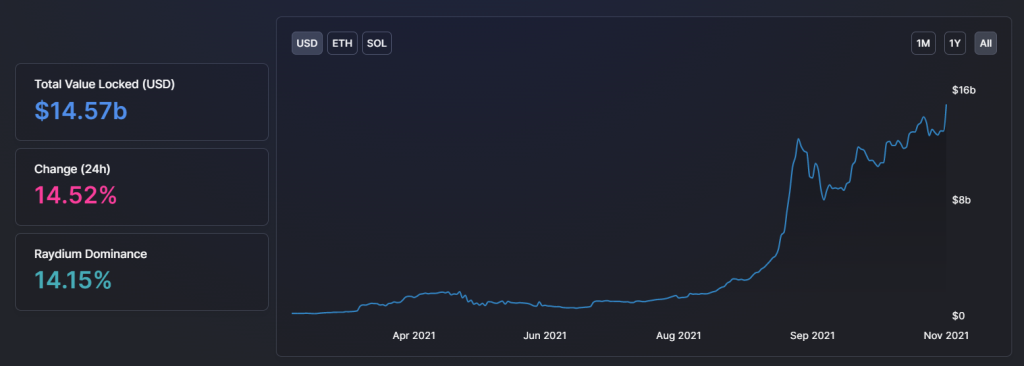
Solana DeFi TVL
In 2021, the Solana ecosystem has been exponentially growing in quantity and quality. Hundreds of new projects have been released on Solana. Furthermore, the total TVL of the ecosystem is over $14B which is only behind Ethereum and BSC.
⇒ The TVL is still increasing despite the correction of the SOL price.
In the future, Ethereum, BSC, and Cardano will be the next target of Solana to surpass. Ethereum and BSC are mature platforms that have been around for a while in the crypto space and gained lots of trust from the community. However, they will be the successful blockchain model for investors to access and compare to find investment opportunities.
And as usual, whether it is worth investing or not, Do Your Own Research before investing and be responsible for your investment.
Similar Projects
Cardano is a third-generation blockchain that uses Proof-of-Stake (PoS) consensus and has the whitepaper peer-reviewed by scientists and professors in the blockchain and cryptography field. However, the Cardano development is often considered relatively slow since it takes 7 years to release the smart contract mainnet while 2-4 years on other blockchain platforms.
Near Protocol is a blockchain platform that uses RUST as the primary programming language for smart contracts. It released the mainnet and recently announced an incentive program worth $800M to accelerate the development of DeFi.
Ethereum is the largest blockchain platform in the crypto space, but it has multiple unsolved problems such as slow transaction speed, high gas fees, and network congestion. As a result, Ethereum limits itself from further development due to technological downsides.
Conclusion
In summary, Solana is a new emerging blockchain platform that might outperform other existing blockchain platforms. Like father, like son, the Solana ecosystem inherits the advantages of the Solana platform, leveraging the scalability of Solana for future expansion.
And that is all you need to know about Solana and its SOL token. Hope you’ve gained useful information to understand the future potential behind Solana better.
If you want to know further about Solana, please leave a comment below and join Coin98 Community for further discussions about Crypto.


















